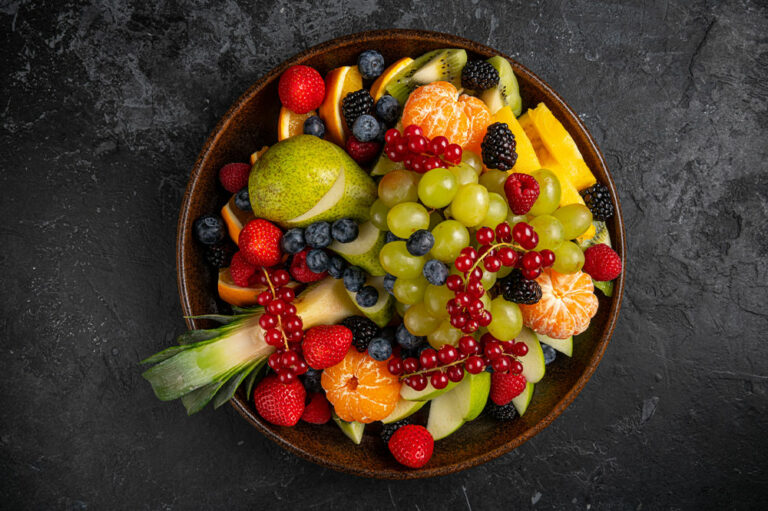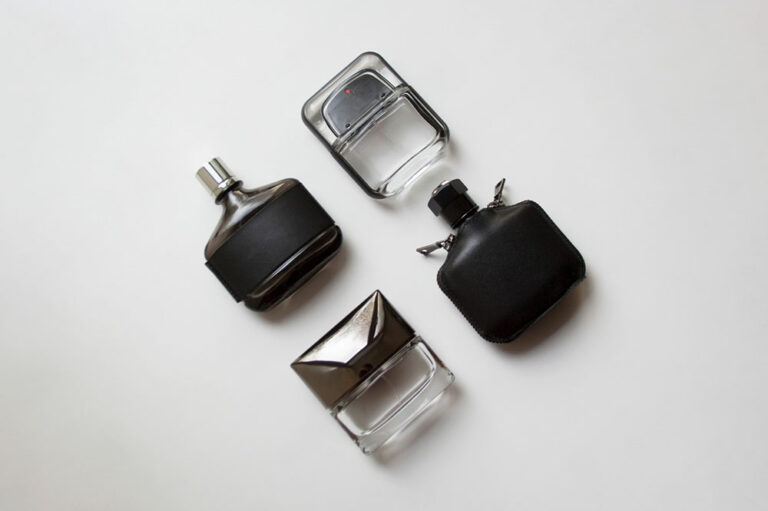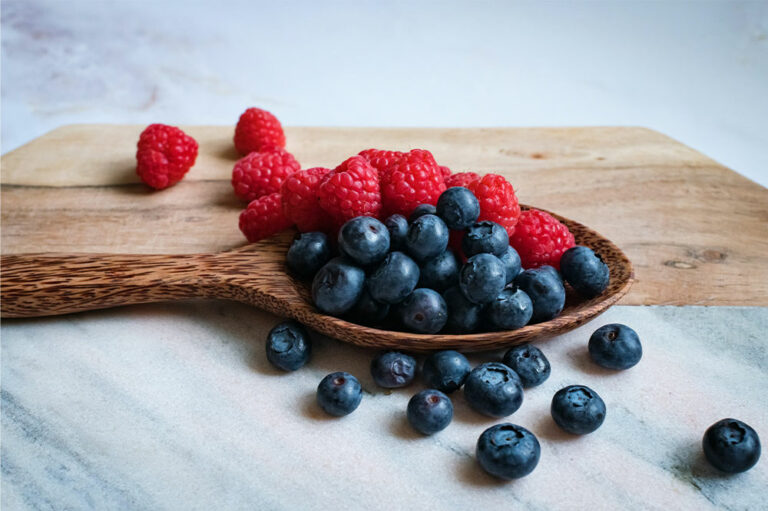
Health
Blood clots – Signs and foods to eat
The human body has a complex network of veins and arteries that transport blood to different parts. It is a crucial function because blood contains oxygen and essential nutrients to keep a person healthy. Sometimes, clots can form in the veins and arteries, restricting blood flow and leading to severe complications. When this happens, doctors may recommend treatments, foods, and lifestyle changes to eliminate such clots and improve blood circulation. Signs of blood clots Identifying blood clots in time is vital to prevent the condition from worsening. Here are the signs to look out for: Swelling A swelling in the legs, arms, or other body parts that does not go away may be a sign of a blood clot. Pain or tenderness Pain or tenderness in the affected area may also be a warning sign. The pain may be localized or spread over a larger area. Warmth or redness Blood clots can cause warmth or redness in the affected area, which should not be ignored. Shortness of breath Blood clots in the lungs may cause shortness of breath, chest pain, and coughing. Dizziness or confusion Clots in the brain can cause dizziness, confusion, and difficulty speaking or understanding. Foods to manage blood clots Besides using the proper treatment, one may add the following foods to their meals to manage the condition after consulting a health expert:
Read More 







